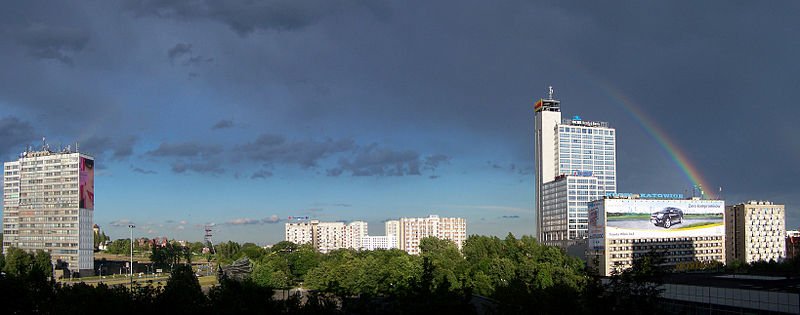 Katowice, Poland
Katowice, PolandSource: https://commons.wikimedia.org/wiki/File:Katowice_-_Panorama_z_t%C4%99cz%C4%85.jpg
Author: Lestat

Katowice (Silesian: Katowicy, German: Kattowitz, Czech: Katovice) is a city in the Silesian Highlands in southern Poland. Katowice covers 164.67 sq km (63.6 sq mi) on the banks of the Kłodnica and Rawa Rivers. It has a population of 309,000 (2011 estimate) within the Katowice urban area that has a population of 2.7 million and the entire Silesian metropolitan area with 4.7 million inhabitants.
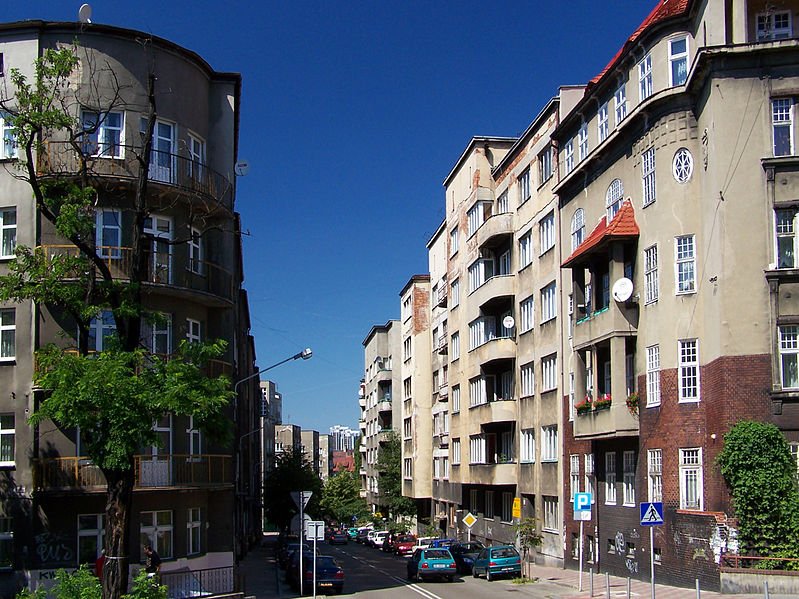 Marii Skłodowskiej-Curie Street, Katowice
Marii Skłodowskiej-Curie Street, KatowiceSource: https://commons.wikimedia.org/wiki/File:Katowice_-_ul._M._Sk%C5%82odowskiej-Curie.JPG
Author: Lestat

More on Katowice
Katowice is the regional capital of the Silesian Voivodeship since 1999. It is located in the heart of the Upper Silesian Coal Basin. The city experiences an oceanic climate. The warmest months here are July and August, when the average temperature regularly reaches 23°C (73°F). January and February are the coldest month, when the average low drops to -4°C (25°F). July is the wettest month with 74 cm (2.9 in) of rainfall.Human habitation of the Katowice area goes back to the prehistoric age. The city must have been established by the 14th century, when early chronicles mentioned it being ruled by the Silesian Piast Dynasty. In 1335, it came under the Crown of Bohemia until 1525, when it passed to the Austrian Habsburg Monarchy. In the 18th century, it was annexed by Prussia.
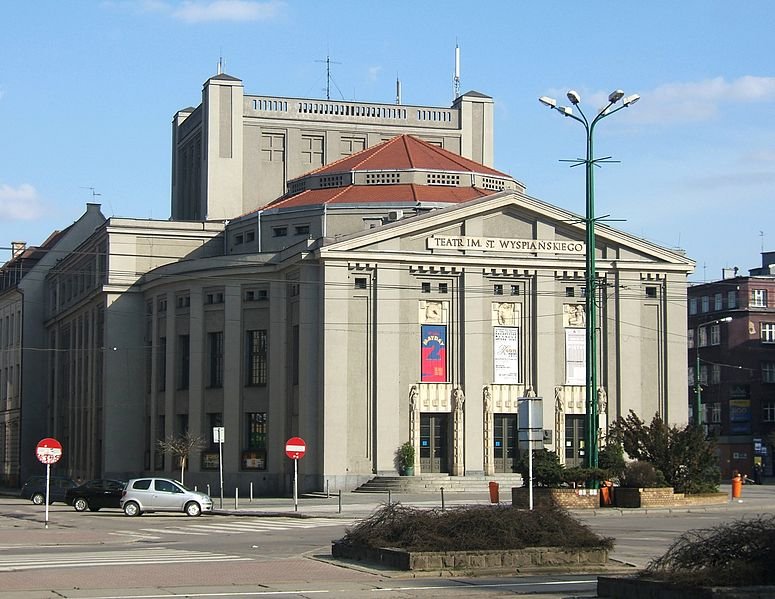 The Silesian Theater, Katowice
The Silesian Theater, KatowiceSource: https://commons.wikimedia.org/wiki/File:Teatr_Slaski_Katowice2.jpg
Author: PetrusSilesius

After World War I, Katowice became part of the Second Polish Republic, even though the majority of its population voted to remain in Germany. Nonetheless the city was occupied by Germany at the start of World War II. In the post-war era, it was renamed Stalinogród by the Polish communist government, but returned to its former name in 1956.
Heavy industries such as coal mining and steel production caused ecological damage to Katowice and its surrounding region. The pollution and environmental degradation was only in control after the fall of communism, when the new Polish government introduced regulations to reverse the damage. Katowice continues to be a major industrial city in Poland today.
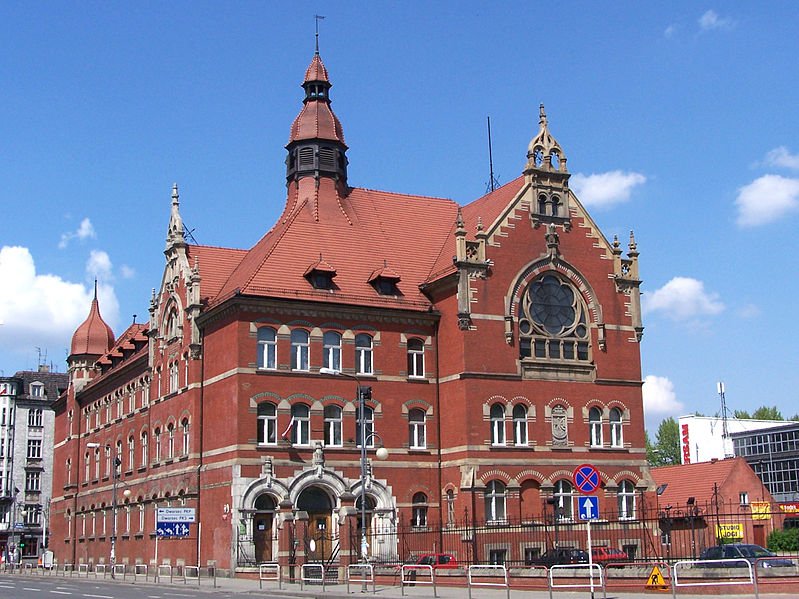 Katowice Gymnasium
Katowice GymnasiumSource: https://commons.wikimedia.org/wiki/File:Katowice_-_III_L.O._im._A.Mickiewicza.JPG
Author: Lestat

Visiting Katowice
The Katowice International Airport receives flights from major cities in Europe. Arrival at the airport, you can take a shuttle bus to the city center. Even cheaper is to take the local bus 85 and 53.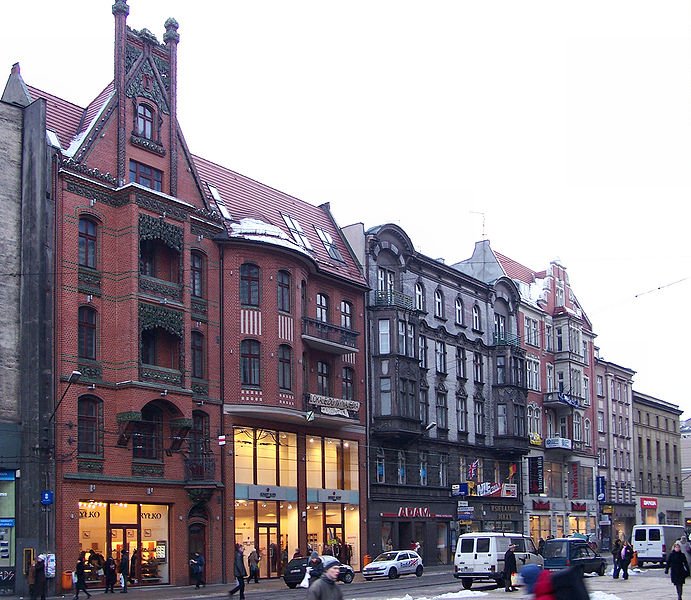 Shopping street in Katowice
Shopping street in KatowiceSource: https://commons.wikimedia.org/wiki/File:Katowice_-_3-go_maja.jpg
Author: Lestat

Sights & Attractions in Katowice
- Altus Skyscraper
Completed in 2003, this 30-story building is the tallest in Katowice. - Archikatedra Chrystusa Króla w Katowicach
The Cathedral of Christ the King in Katowice is the largest archcathedral in Poland. - Drapacz Chmur
Literally, "skyscraper", this high-rise building completed in 1934 is regarded as the first skyscraper in post-World War I Poland. - Goldstein Palace
Neo-Renaissance building built by two brothers who were sawmill barons. - Kościół Mariacki
The St Mary's Church is one of the old churches in the city. - Kościół św. Michała Archanioł
The Church of St Michael Archangel, originally built in 1510, is one of the oldest churches in Katowice. - Parachute Tower
Built in 1937, this tower was intended for training parachute jumps. It is the only structure of its purpose still existing in Poland. - Nikiszowiec
A district of Katowice with a history of coal mining. It is being considered for possible inscription as a World Heritage Site. - Silesian Insurgents Monument
Memorial to commemorate the three Silesian Uprisings of 1919, 1920 and 1921. - Silesian Museum
Founded in 1929, this is one of the biggest museums in Poland. It houses mainly ethnological and archaeological artifacts. - Silesian Parliament
Completed in 1929, it is for a long time the biggest building in Poland. - Silesian Theatre
Completed in 1907, it is the largest theatre in Silesia. - Spodek
Literally, the "flying saucer", this is a multipurpose arena completed in 1971.
 Latest updates on Penang Travel Tips
Latest updates on Penang Travel Tips
Songs about Penang
About this website

Hello and thanks for reading this page. My name is Timothy and my hobby is in describing places so that I can share the information with the general public. My website has become the go to site for a lot of people including students, teachers, journalists, etc. whenever they seek information on places, particularly those in Malaysia and Singapore. I have been doing this since 5 January 2003, for over twenty years already. You can read about me at Discover Timothy. By now I have compiled information on thousands of places, mostly in Peninsular Malaysia and Singapore, and I continue to add more almost every day. My goal is to describe every street in every town in Malaysia and Singapore.
Copyright © 2003-2024 Timothy Tye. All Rights Reserved.


 Go Back
Go Back